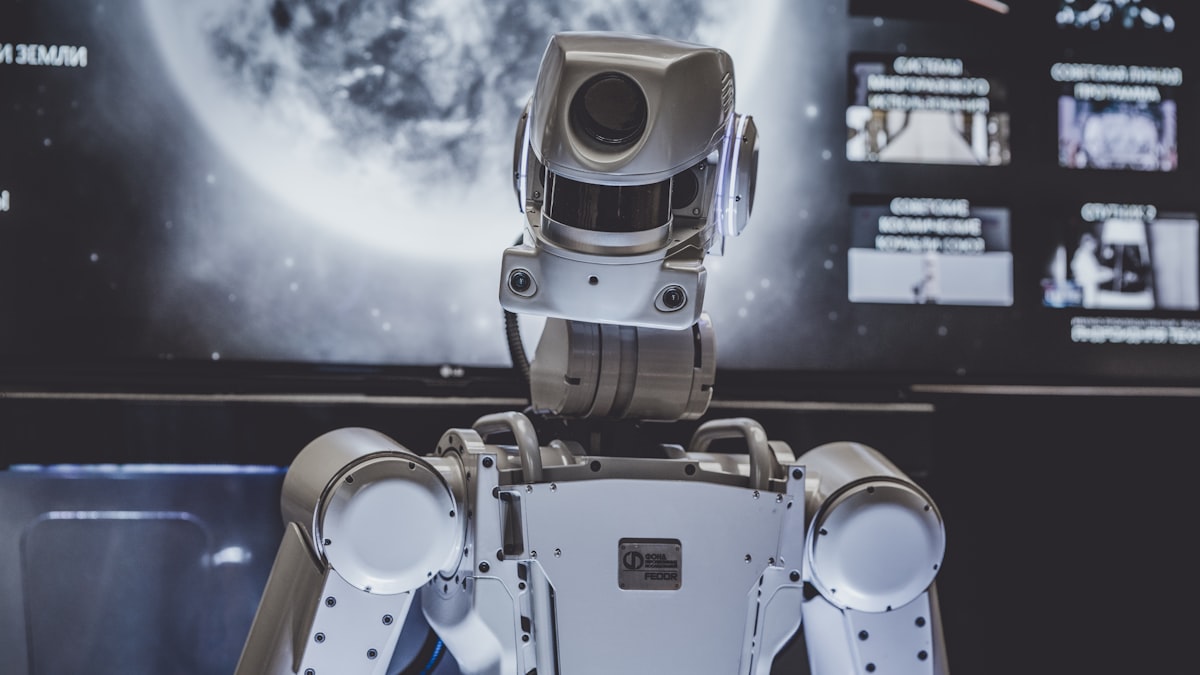Automating Business Processes with AI: A Strategic Approach to Efficiency
by Tom, Co-Founder / CTO
As we enter 2025, artificial intelligence has moved from experimental technology to essential business infrastructure. At Orthogonal, we've helped dozens of companies transform their operations through strategic AI automation. The results speak for themselves: reduced processing times by 80%, error rates cut by 95%, and teams freed to focus on high-value work.
But successful AI automation isn't about implementing the latest models everywhere. It's about identifying the right processes, ensuring accuracy, and measuring real business impact.
Why Automate with AI?
The compelling case for AI automation goes beyond simple cost savings. Modern businesses generate and process exponentially more data than ever before. Manual processing creates bottlenecks that compound as you scale.
Consider a typical customer service workflow: inquiries arrive via email, chat, and phone. Each requires categorization, routing to the appropriate team, initial response, and follow-up tracking. A human agent might process 20-30 inquiries per hour. AI can handle thousands while maintaining consistency and availability around the clock.
But the real value isn't speed—it's reliability. AI doesn't have bad days, doesn't misremember procedures, and doesn't skip steps when rushed. This consistency translates to better customer experiences and more predictable business outcomes.

Identifying Processes Ripe for Automation
Not every process benefits from AI automation. The most successful implementations target workflows that are:
High-volume and repetitive: Processes your team performs dozens or hundreds of times daily create the highest ROI for automation. Document processing, data entry, and initial customer inquiries are prime candidates.
Rule-based with clear criteria: AI excels when decision trees can be mapped. Credit applications, invoice approvals, and compliance checks often follow established patterns that AI can learn and replicate.
Time-sensitive: Processes where speed matters—fraud detection, inventory management, or urgent customer support—benefit from AI's ability to work continuously without delays.
Currently error-prone: Human error in repetitive tasks is inevitable. If your team regularly catches mistakes in data entry, categorization, or calculations, AI automation can dramatically improve accuracy.
We recently worked with a manufacturing client whose quality control team spent 40% of their time on routine documentation. By automating their inspection reports and compliance tracking, we freed skilled technicians to focus on complex problem-solving while improving documentation consistency.

Ensuring AI Accuracy: The Foundation of Trust
The biggest barrier to AI adoption isn't technical—it's trust. Teams won't rely on automation they don't believe is accurate. Building that trust requires systematic attention to AI output quality.
Start with clean, representative data: AI models learn from examples. If your training data contains errors, inconsistencies, or gaps, your AI will perpetuate and amplify these issues. Invest time upfront in data cleaning and validation.
Implement confidence scoring: Modern AI systems can indicate how certain they are about their outputs. Set confidence thresholds that trigger human review for uncertain decisions. This hybrid approach maintains accuracy while still providing efficiency gains.
Build continuous feedback loops: Create mechanisms for your team to quickly flag incorrect outputs. Use this feedback to retrain and improve your models over time. The best AI systems get smarter through use.
Design for transparency: When AI makes decisions, ensure the reasoning is explainable. Teams need to understand why the system reached specific conclusions, especially for critical business processes.
One of our clients, a financial services firm, initially saw 85% accuracy in automated loan pre-screening. By implementing confidence thresholds and continuous learning from loan officer feedback, they improved accuracy to 97% within six months.

Measuring Success: Beyond Basic Metrics
Traditional productivity metrics don't capture the full value of AI automation. Yes, processing speed and cost per transaction matter, but the real impact often appears in unexpected places.
Quality improvements: Track error rates, consistency metrics, and downstream corrections needed. AI often improves quality as much as speed.
Employee satisfaction: Measure how automation affects job satisfaction. When teams are freed from repetitive tasks to focus on strategic work, engagement typically increases significantly.
Customer experience: Monitor response times, resolution rates, and customer satisfaction scores. AI often enables better service through faster, more consistent responses.
Scalability: Assess how automation affects your ability to handle volume increases without proportional staff increases. This flexibility becomes crucial during peak periods or rapid growth.
Knowledge retention: Document how AI captures and codifies institutional knowledge, reducing dependency on individual team members.

The Results We've Seen
Across our client base, the results of thoughtful AI automation are remarkably consistent:
A logistics company reduced invoice processing time from 3 days to 3 hours while cutting errors by 90%. Their accounts payable team shifted from data entry to vendor relationship management and process optimization.
A healthcare practice automated patient intake and insurance verification, reducing administrative time per patient from 20 minutes to 2 minutes. This freed staff to focus on patient care while improving data accuracy for billing.
An e-commerce retailer implemented AI-driven inventory management that reduced stockouts by 60% while cutting excess inventory by 30%. The system learned seasonal patterns and supplier reliability better than human planners could track manually.
Getting Started: A Practical Framework
Beginning your AI automation journey doesn't require massive investment or wholesale process changes. Start small, learn fast, and scale what works.
Audit your current processes: Map workflows to identify bottlenecks, error-prone steps, and repetitive tasks. Look for processes that consume significant time but don't require creative problem-solving.
Pilot with non-critical workflows: Test AI automation on important but not mission-critical processes first. This allows your team to build confidence and refine approaches before tackling core business functions.
Invest in change management: The most sophisticated AI is worthless if your team doesn't adopt it. Involve employees in design decisions, provide thorough training, and communicate how automation enhances rather than replaces their roles.
Plan for iteration: Your first implementation won't be perfect. Build feedback mechanisms and budget time for improvements. The best AI systems evolve continuously based on real-world performance.

Looking Forward
AI automation will only become more capable and accessible throughout 2025. The companies that start now, learn systematically, and build automation thoughtfully will have significant advantages over those who wait.
But remember: AI is a tool, not a strategy. The goal isn't to automate everything possible—it's to free your team to focus on work that truly requires human creativity, empathy, and strategic thinking.
At Orthogonal, we've seen how the right automation strategy transforms not just efficiency metrics, but entire organizational cultures. Teams become more strategic, customers receive better service, and businesses gain the agility to adapt and grow.
The question isn't whether AI will change how you work—it's whether you'll lead that change or react to it.
If you're ready to explore how AI automation could transform your business processes, we'd love to discuss your specific challenges and opportunities. The best time to start was yesterday. The second-best time is today.